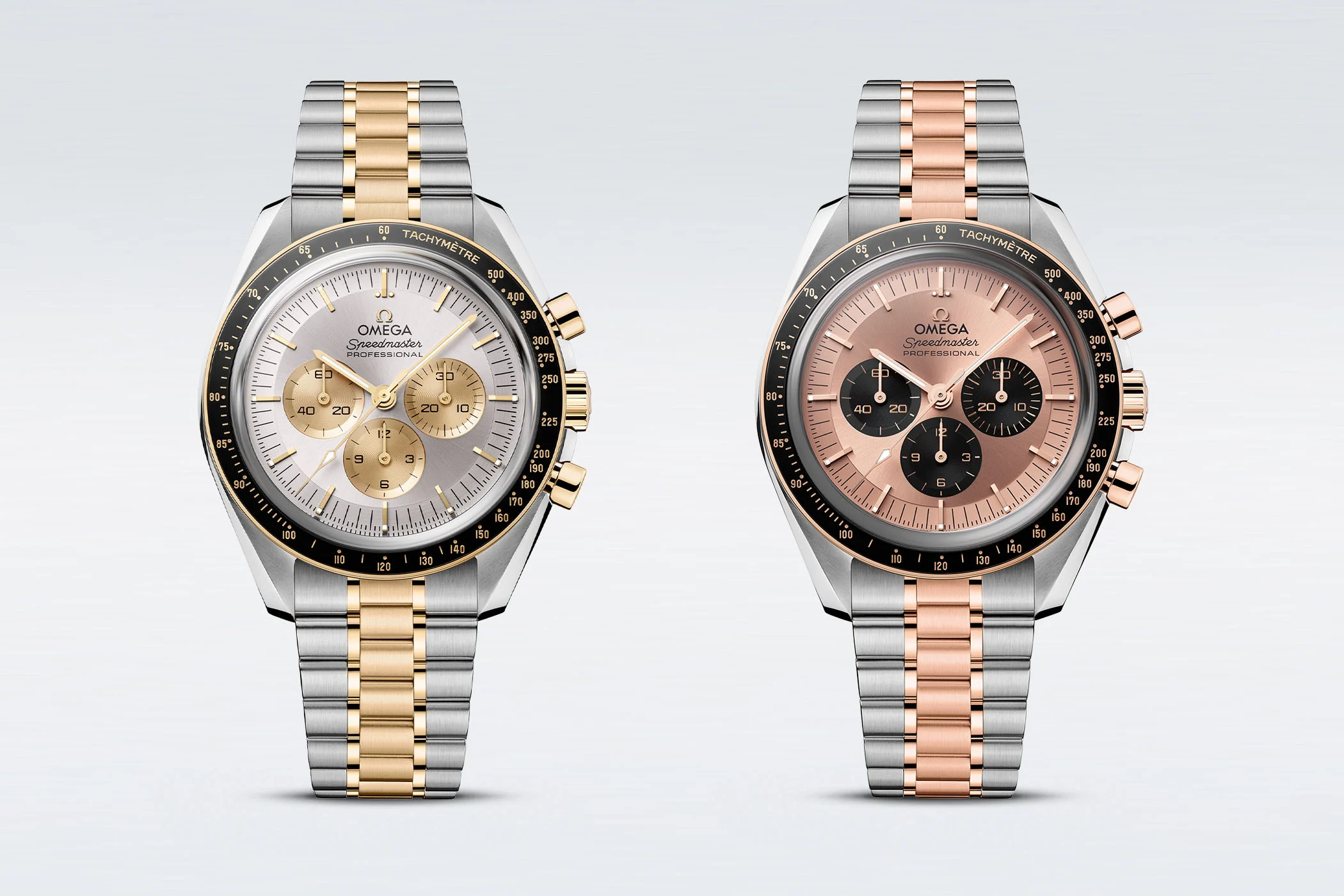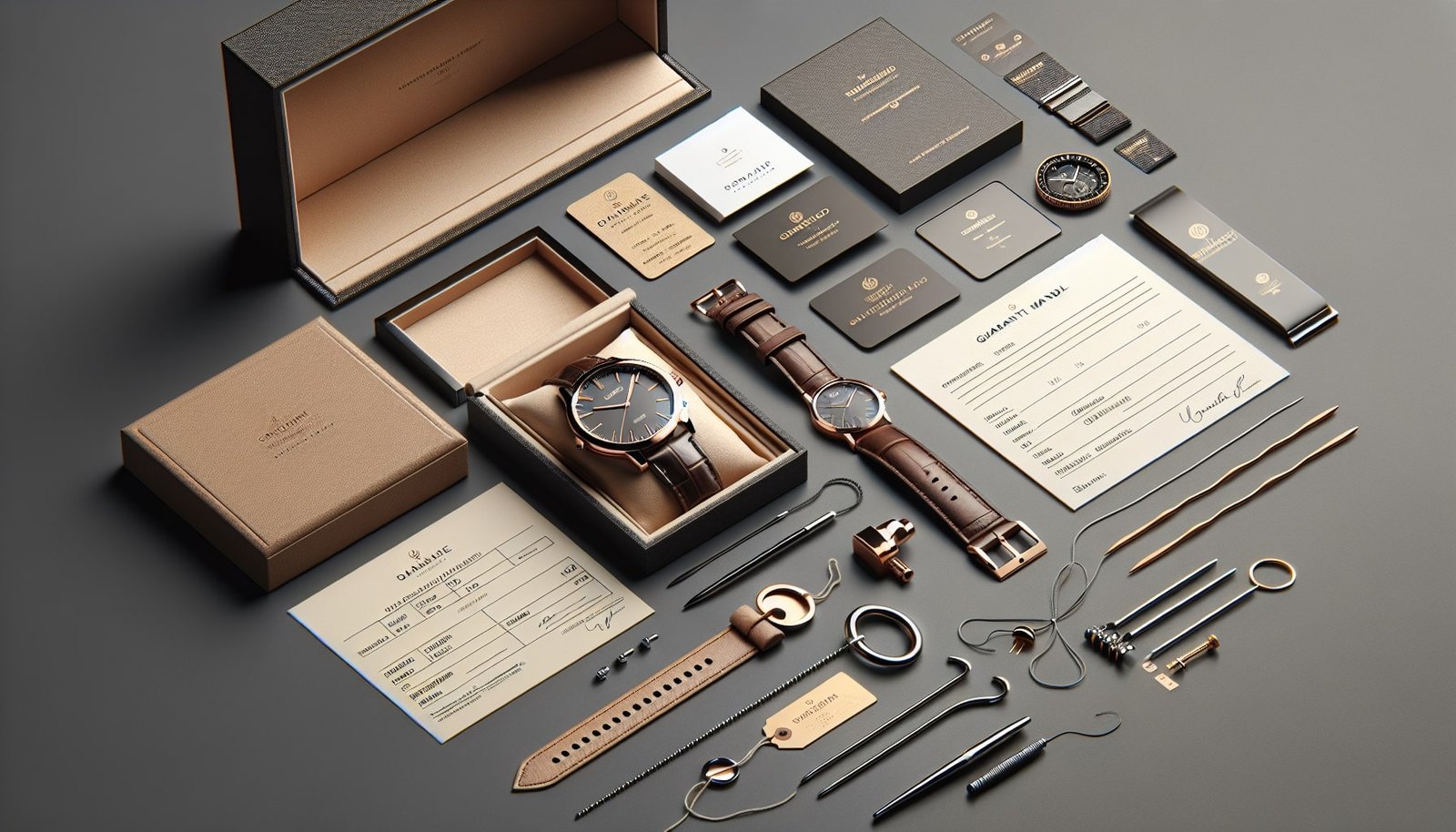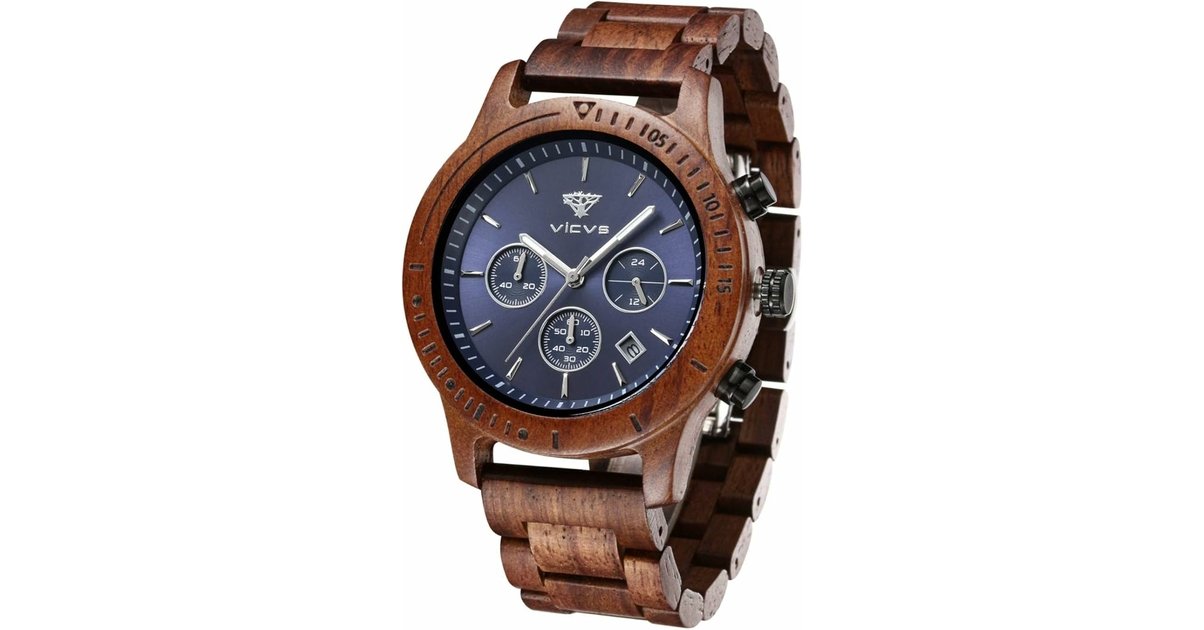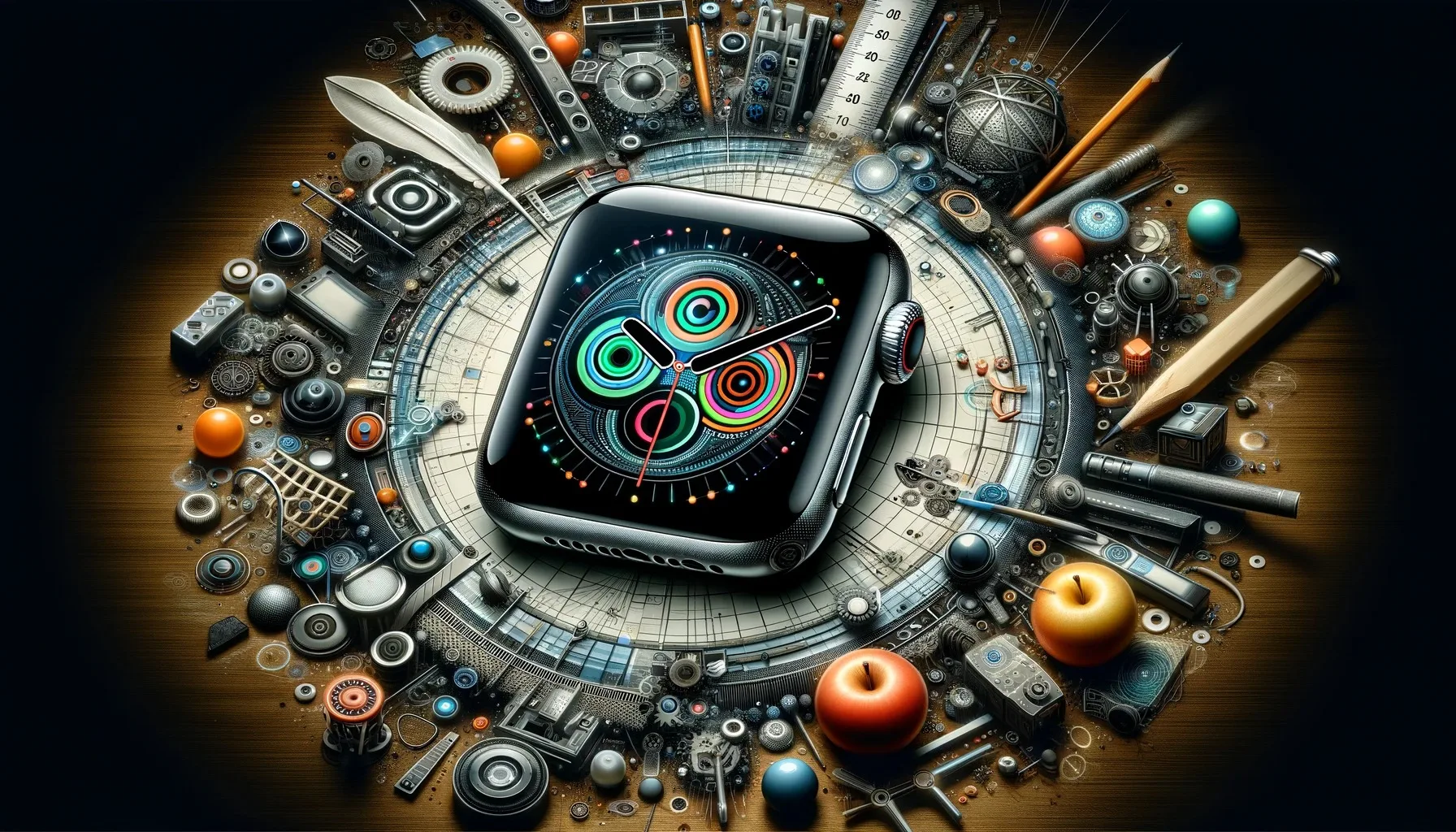We all know that Instagram is constantly evolving its algorithm. However, the latest updates were more impactful because they implemented a real transformation of the very nature of the application. Instagram does not hide it and communicates with transparency on the subject, in particular through Adam Mosseri: the application must evolve, must become a multimedia platform with the clear objective: that of competing with Tiktok in order to regain a growth dynamic. The problem that Instagram faces is that of renewing its subscribers. Younger people clearly prefer Tiktok’s format, which is based on viewing short videos (even if Tiktok now allows you to publish longer videos) and intuitive navigation via a vertical swipe. The challenge for Instagram is therefore to be able to capture this segment so as not to suffer both the consequences of its own erosion and growing competition from an increasingly powerful player.
The desire to transform Instagram into a multimedia platform is not new and it is even an old story as evidenced by the integration of stories (competing Snapchat) and reels (already competing with Tiktok). As for IGTV (which was to compete with YouTube), it was finally stopped to be fully integrated into Instagram via the publication of videos. What has on the contrary changed significantly is the much more marked highlighting of reels and content suggestions to subscribers. In not so distant times (I won’t come back to the disappearance of the anti-chronological algorithm that we all appreciate and which made Instagram so successful), most of the visible publications remained photos from accounts that we followed. Of course, the algorithm highlighted the accounts with which we interacted the most but we more or less managed to see the desired content. The deal has changed and the algorithm imposes more reals on us and above all more suggested content and the crux of the problem lies at this level.
Instagram’s goal, beyond the squabble with Tiktok, is to increase its advertising revenue by forcing its subscribers to spend more time on the application. The logic is therefore to offer the reels that create the buzz because, by definition, they capture the attention and must oblige the subscriber to remain “stuck” on his screen.
The procedure is now as follows. First of all, Instagram will not offer the reel to all the subscribers of the person who posts it, but to a sample. If this reel (or a photo) generates a lot of comments, bookmarks, redirects (interactions that are more privileged than likes) from this sample, then the algorithm will push this content and offer it more widely. generating a snowball effect. This way of proceeding is unfortunately harmful for the watchmaking content. Why is that ?
It is quite simply linked to the classic behavior of watch enthusiasts. All significant accounts dedicated to watchmaking that I would describe as high-end have the same follower structure. Between 85 and 90% men and age groups 25-34 and 35-44 clearly over-represented. On my account, men represent 92% and the 25-34 and 35-44 brackets represent almost 80% of all followers. These are the same orders of magnitude on an account like Hodinkee for example. Accounts dedicated to high-end watchmaking with significant deviations from these orders of magnitude (eg a gender balance) are likely to have a significant number of bought followers.
However, this population is much less engaged than a younger population. People in the majority slices of watch accounts like, comment and interact much less. This observation is confirmed on the accounts of the major players but also on that of the brands. The sanction is immediate: a reel watchmaker has almost no chance of creating the buzz since if it generates a hundred comments (which would already be an excellent performance), it will not be able to measure up against a priest who plays football, a model in a bathing suit or a dog swimming in a swimming pool. Some posts generate thousands of comments in less than an hour, so it’s not the few horological protrusions that can oppose such a tidal wave. Instagram operates in a vicious or virtuous cycle: low engagement, no projection, no projection, no engagement.
How can this weak commitment be explained? I have several explanations. First of all, despite its gain in notoriety for several years, high-end watchmaking remains an area that interests only a small percentage of the general public. We are very far from the level of popularity of the automobile, for example. Then, among the amateurs, I begin to feel a weariness. Weariness with social networks but also weariness with watchmaking itself, which is not an inclusive sector: acquiring an iconic watch today (even a Moonswatch!) is a real journey of the fighter. So what’s the point of raving about a watch that we can no longer afford? Finally, and how can you blame them, watch enthusiasts, because of their standard of living and culture, may have other things to do than spend hours liking or commenting on content on social networks.
Today we are witnessing on Instagram a logical collapse of the commitments of traditional accounts (media, collectors, brands) communicating on news, releases, technical subjects or simply posting wristshots. My @equationdutemps account, for example, saw its engagement rate drop by 80/90% and very large accounts have such low scores (I even prefer mine, that is to say!) that charity prevents me from appoint. Yet it is not for lack of trying. Every day I post content that I create myself, more or less long reels on known or confidential brands. Virtually none have generated significant traffic except for a few critical hits here and there.
Instagram has become the expert in flattening curves! There was a time when I was gaining a hundred followers a day. Engagement rate at half mast, zero growth, this is the lot of almost all watch accounts:
As a watch fan, I am penalized on two counts. As a creator since I feel that my work is not rewarded because my community hardly sees it anymore, except for the starting sample. As a subscriber since I no longer see the content of the accounts that I like because they have been replaced by the famous buzzing reels. A double frustration that pushes me to question the relevance of continuing so much effort.
All this obviously transforms the general content of Instagram since subscribers and in particular influencers take these parameters into account. The guidelines are as follows:
- the virtual disappearance of photos
- the virtual disappearance of “amateur” content replaced by videos created with more resources
- the emergence of favorite themes (what Tiktok calls trends and what is in fact the institutionalization of plagiarism): creators have an interest in recreating a video similar to the one that worked well
- standardization of content and topics covered
- and then as sincere accounts suffer, all the growths end up appearing suspicious (which is a bit of a shame). It is true that some influencers do not hesitate to resort to divine intervention, supported in this by agencies that pay little attention to the credibility of accounts.
So, what do we observe around the theme of watchmaking? We are mainly witnessing a strong reduction in the diversity of subjects. The topics that now come up most frequently are: watches owned by celebrities, the value and rating of flagship models and theft of watches. Here we find the cocktail stars, investment and (in)security which, unsurprisingly, are the permanent topics of discussion with a younger and less informed public. The simple pleasure of watchmaking, the passion for mechanics, the beauty of a movement, the technique of a complication or the joy of collecting are no longer driving themes: they disappear from the landscape with the people who embody behind, at least on these platforms.
Because, and it’s very important to remember, in real life, things happen differently than on the networks. It is the seasoned collectors who have access to key pieces and those who ultimately spend and buy watches talk to real opinion leaders or alter egos (buyers talk to buyers) and not with celebrity watch experts.
I am convinced that Instagram’s current strategy is a dead end: it will discourage its traditional subscribers without necessarily capturing the audience of Tiktok. Instagram today has an image deficit among the youngest and I can’t see them abandoning the original to go for the copy. Instagram suffers these days because it no longer innovates. All the latest developments have only been concepts borrowed from competitors and rather than constantly reviewing its algorithm, Instagram should rather reinvent itself without denying itself.
Personally, I will still continue to post. For two reasons: first to thank the support of my community. Then because nothing is fixed. If Instagram’s strategy fails, it will evolve again and perhaps future evolutions will be more favorable.
As Instagram’s algorithm looks more and more like Tiktok’s (even if Tiktok’s sample is more open to the community as a whole than Instagram’s, which generates greater viral effects), the problem is similar on both platforms. Watchmaking is now struggling to emerge due to the weak commitment it generates. Those who are doing well are aimed more at younger subscribers with the themes I mentioned earlier. So rather than talking about the disappearance of watchmaking from Instagram, I would rather talk about a narrowing through the segments targeted and the themes addressed. Watchmaking will remain present, but with much less diversity and scope.
Brands are no exception to this context and must also adapt. The consequences are costly for two reasons. First of all, it is much more expensive to create a polished reel than a nice photo. Then, will brands want to pay more to reach the same volume of followers? I’m not sure of it. The question of budgets and the relevance of a strategy too oriented towards networks will therefore arise, especially in a context of the erosion of commitment.
In any case, we always come back to the same observation and it was already valid when Instagram was in its boom period: a good media strategy in watchmaking is a strategy present on several types of support. Quite simply because the purchasing customer, and this is particularly true with the French, is generally not very impulsive, which is understandable because we are talking about objects worth several thousand euros. We discover via Instagram, we get information via a blog, we are reinforced via an article from the written press… customers need to hear permanent background music before embarking on the acquisition of a piece.
In the end, all of this may ultimately be excellent news. We have heard too often in recent years that the alpha and omega of watch marketing can only be summed up in social networks. This is not to deny their importance, but the evolutions (gropings?) of Instagram remind us that a situation is never permanent. More than ever, other media must be considered by brands, including the written press, which had been buried too quickly. It is no coincidence that big players in online media such as Hodinkee want to position themselves in print. It is better to have several irons in the fire in such a moving context.






